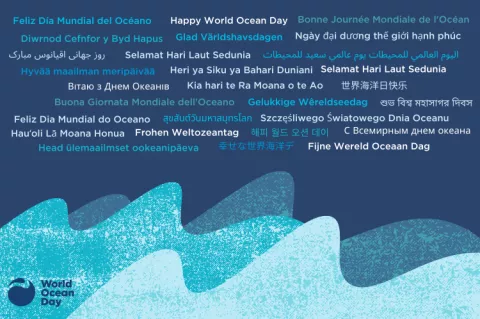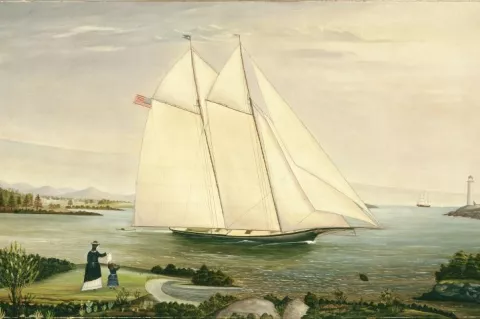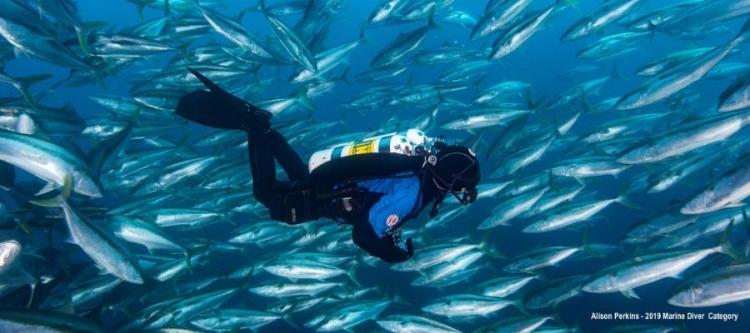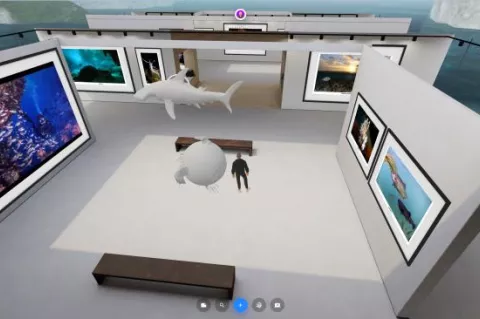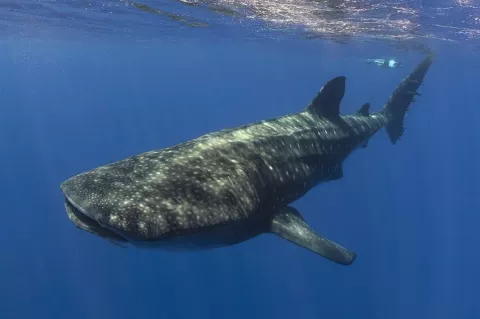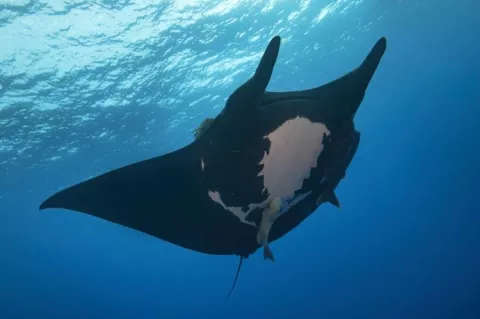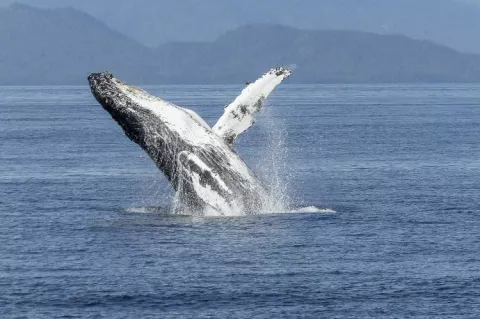The “whup” and “grumble” sounds recorded by hydrophones moored in the Vema Seamount in the Atlantic Ocean, 1,000km northwest of Cape Town in South Africa, suggest this location could be an important stop on the whales’ migration route to polar feeding grounds.
Most of the calls were recorded over a period of three nights in the spring of 2019, with low “whups” being heard most frequently. This is an important discovery as the “whup” is a contact call used by mother-calf pairs to help them locate each other. Furthermore, humpbacks also “whup” while feeding.





